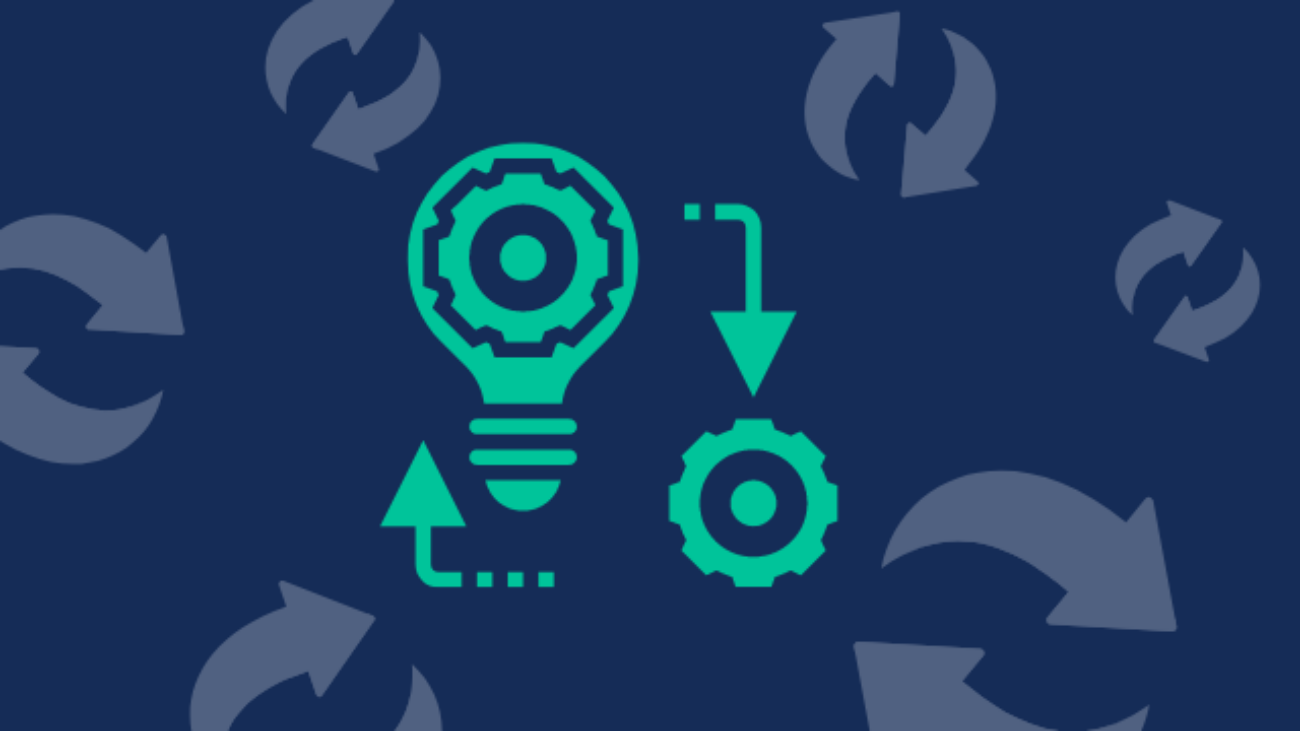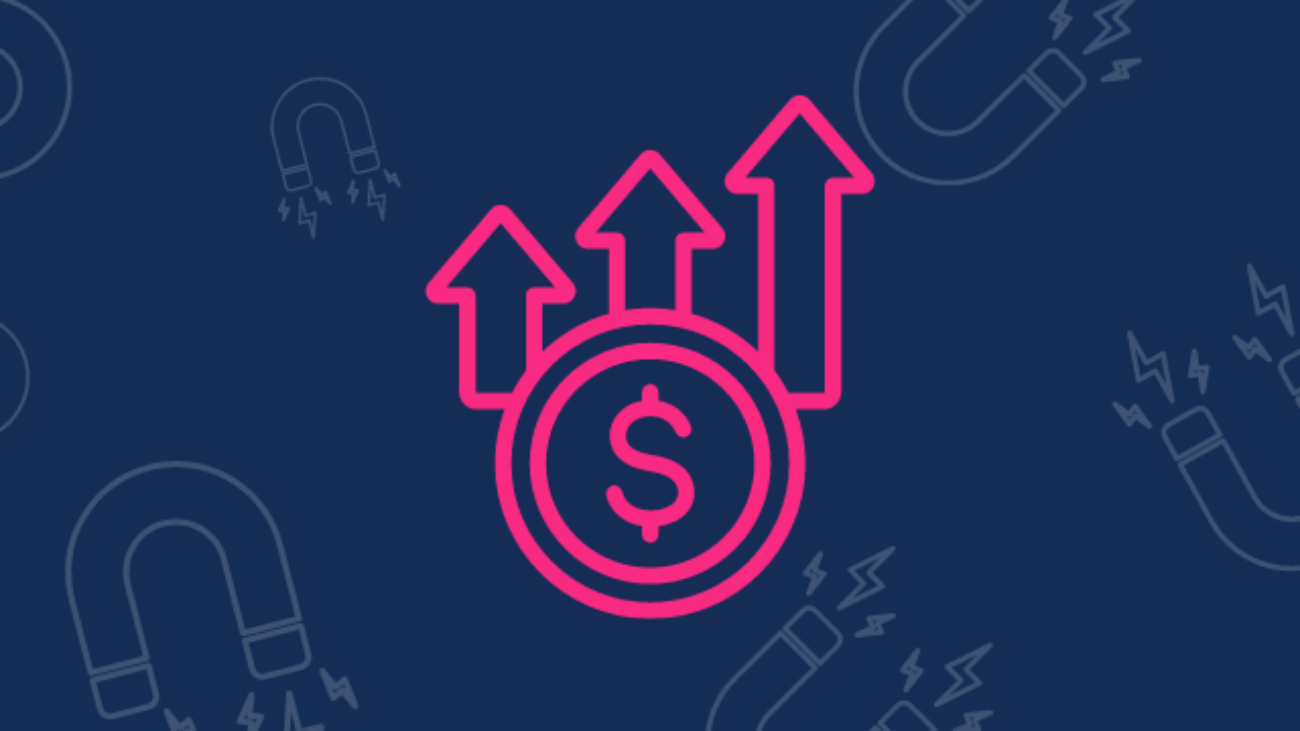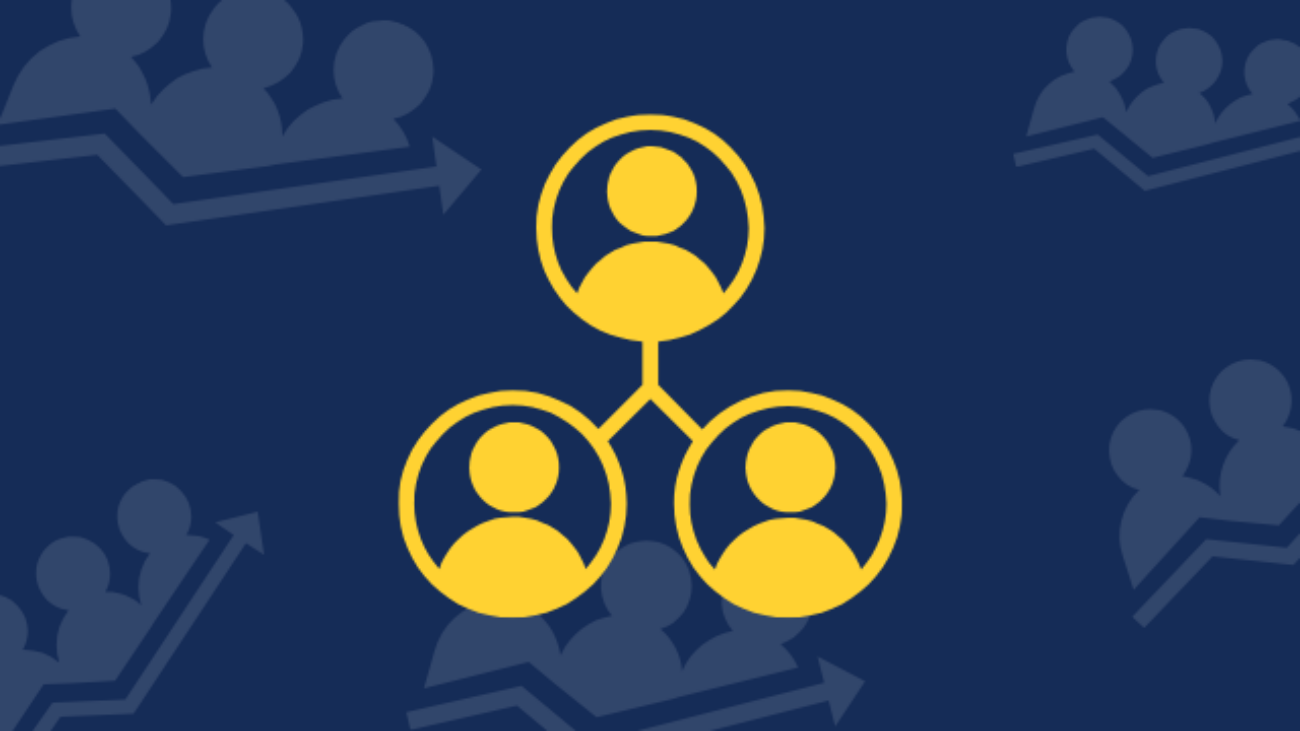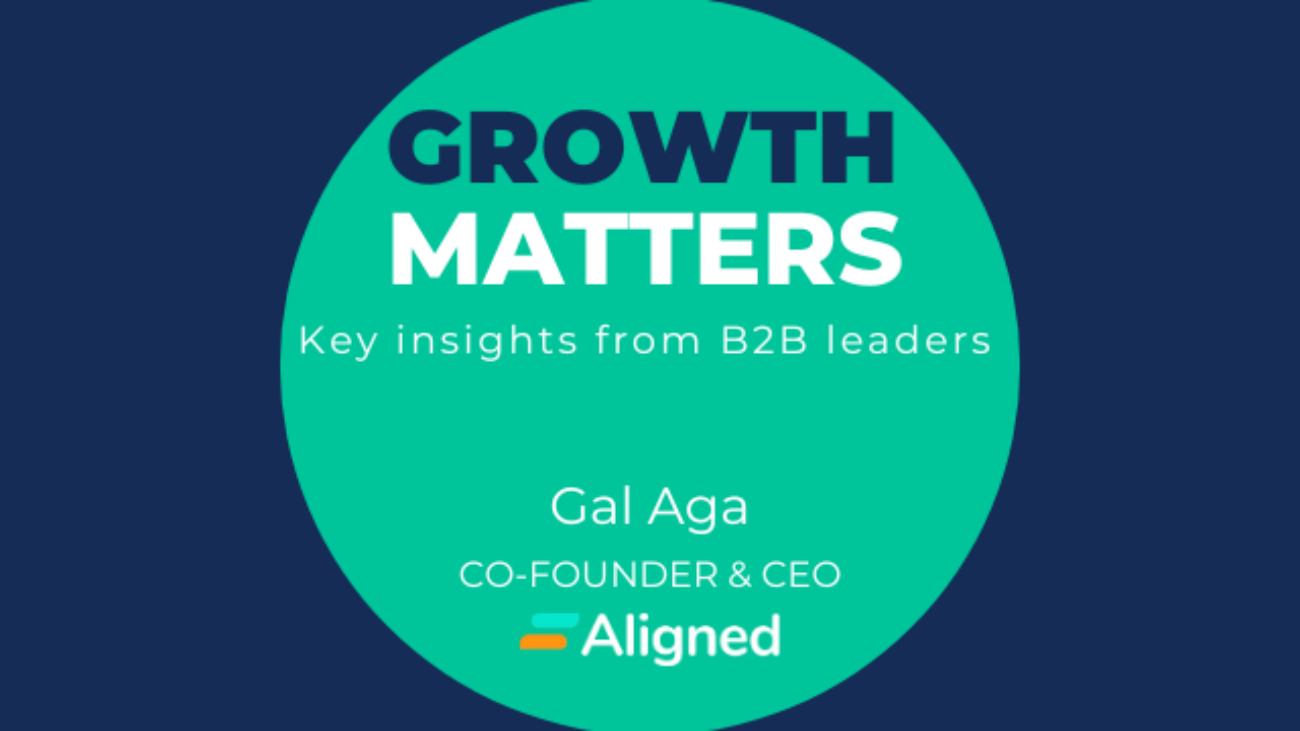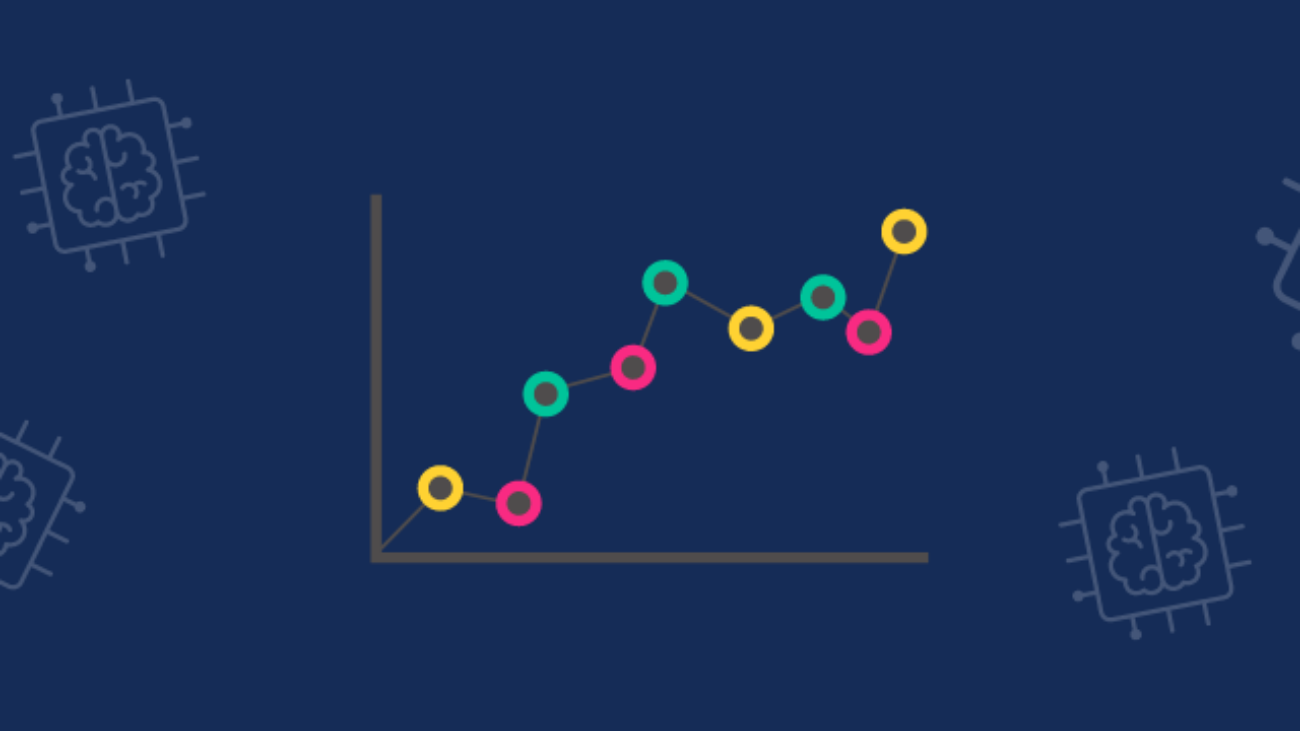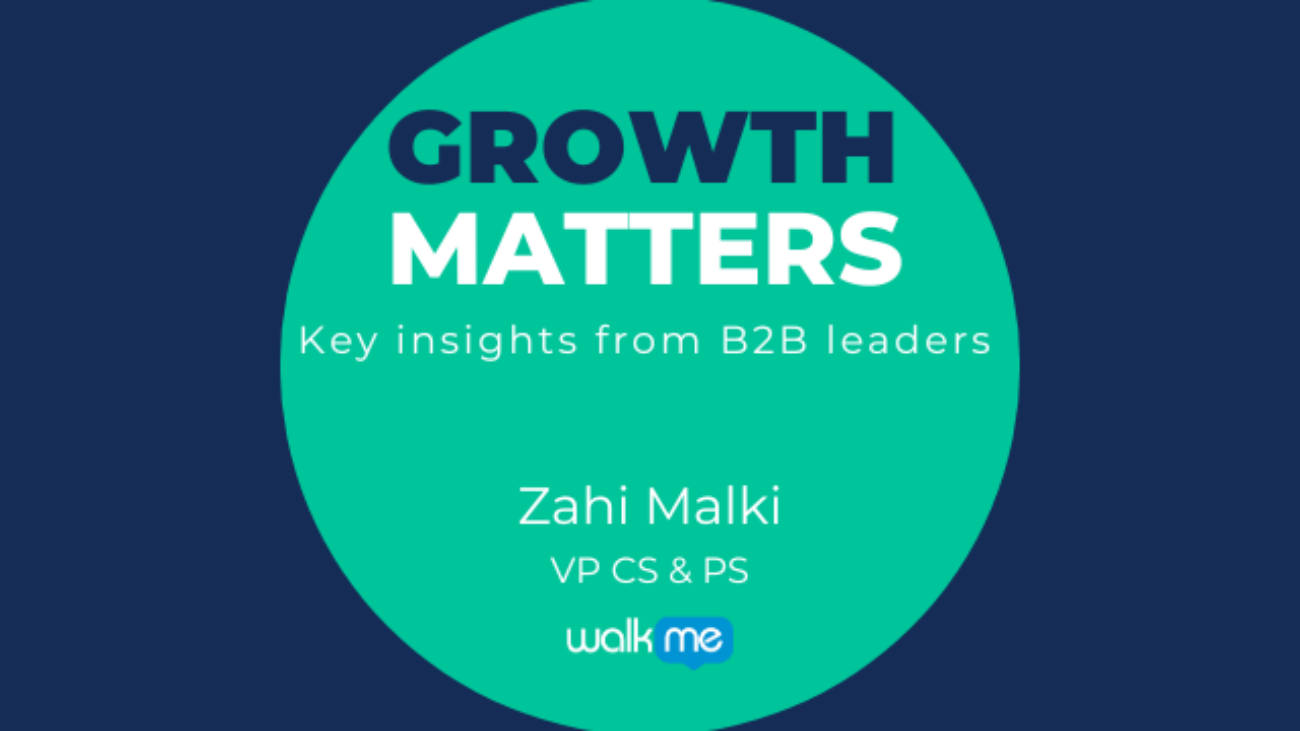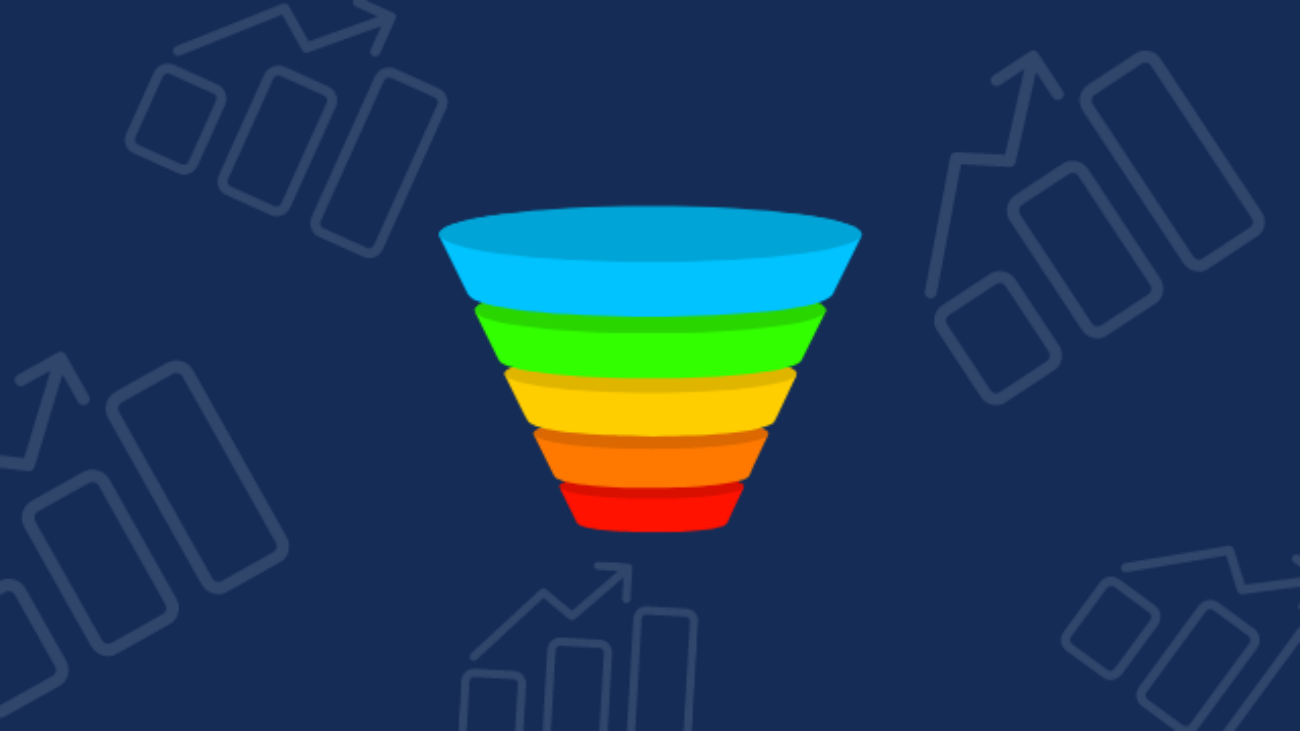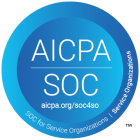Strategic account prioritization is key to realizing the full potential of your sales efforts. Emphasizing this stance, Emerton postulates that “a winning account-centric strategy creates a system where all stakeholders work efficiently to grow share at the accounts, renewing their competitive advantage, fueling profitable growth, and generating overall better ROI on marketing and sales expenditures.”
Although account prioritization may be crucial to a business, not everyone recognizes its value. Any salesperson can utilize account prioritization to generate a strong pipeline if they do it well, but it isn’t given the attention it deserves despite its obvious worth. Salespeople can achieve rapid and significant improvements by focusing on high-potential customers and minimizing time spent on others. Here are steps to implement a powerful account prioritization system:
Exploring the Benefits of Account Prioritization
Well, here are three compelling reasons why account prioritization is worth implementing:
Time Savings
Prioritizing accounts saves time in the long run. By understanding which customers have the greatest potential impact on the company’s bottom line, salespeople can focus their efforts on high-value leads. Just like planning a trip, prioritization ensures you spend your time on the most important attractions and don’t waste it on less rewarding activities. With limited time and countless distractions, prioritization is crucial to maximizing productivity and results.
Acquiring the Trusted Advisor Status
Account prioritization transforms salespeople into trusted advisors for their most valuable customers. Salespeople can build credibility and trust by nurturing relationships and investing time in the right accounts. Customers who have already purchased are likely to buy again, and prioritization helps identify those key accounts and individuals within them. This strategic focus on long-term relationships fosters customer loyalty and positions the salesperson as the preferred provider.
Performance Tracking
Account prioritization enables salespeople to track their performance effectively. By calculating indices such as potential purchase, probability of transaction, urgency, and customer satisfaction, sales teams can estimate the value of their accounts. If sales numbers are disappointing, prioritization provides insights to adjust strategies and improve sales performance. It also facilitates better account and pipeline management, increasing sales productivity and meeting quarterly targets.
Focus on Your Ideal Customer Profile (ICP) for Acquisition and Development
Your Ideal Customer Profile (ICP) represents the sweet spot in your account base – clients with a low customer acquisition cost (CAC) and high spending potential. Your sales team must understand your ICP and target their efforts accordingly. By prioritizing ICP accounts, you ensure the best returns in the short term and set the stage for long-term success.
- Analyze your most valuable clients and identify firmographic similarities.
- Develop targeted lists based on these factors for prospecting and account development.
- Ensure your entire revenue team is aligned with the ICP and devotes time and resources to these accounts first.
Identify Propensity-to-Buy (PtB) for Timely Opportunities
Targeting organizations with an appetite for your offerings is a good start, but focusing on accounts that match your ICP accelerates results. However, ICP alone is not sufficient. To determine their purchasing potential, you must assess each account’s propensity to buy (PtB).
- Analyze sales performance and identify statistically relevant factors for your business.
- Seek input from sales leaders to rank the importance of each factor and assign weights for scoring accounts.
- Validate your assumptions by reviewing a sample account list with sellers for feedback.
- Optimize Account Prioritization and Seller Coverage.
- Are your top performers handling your highest potential accounts? Ensure optimal account coverage and prioritize resources for maximum impact. To achieve this:
- Identify vulnerable or high-potential accounts that require attention.
- Align your best team members with these accounts to deliver maximum value.
- Assess areas such as potential churn, open territories, and high-potential accounts needing strategic pursuit.
Account Size and Upselling Potential
Sales teams prioritize larger accounts since they often have higher revenue potential. Likewise, it’s beneficial to think about upselling opportunities inside an account. The most effective way for sales teams to improve their income is to focus on the accounts most likely to make further purchases.
Assess the Account’s Strategic Significance
Some clients may fit the firm well because they share similar goals, markets, or products. By assigning these accounts top priority, you may better deploy your resources to take advantage of strategic possibilities that can increase your market share and your client base or give you a leg up on the competition. Strategic alignment enables sales teams to use their knowledge and skills better while focusing on the demands and objectives of their most valuable accounts.
Evaluate the Strength of the Relationship
Customers who have developed a strong relationship with the business are likelier to remain loyal and expand their business with the firm. So, what can you gain from investing time and energy into these relationships and consistently exceeding expectations? Well, sales teams can earn their customers’ loyalty, open doors to cross-selling possibilities, and solidify long-term partnerships.
5 Steps for an Effective Account Prioritization Strategy in Sales
- Define Prioritization Criteria – Establish clear definitions for A, B, and C accounts. Avoid basing decisions solely on past performance and instead focus on future potential. For example, consider an A account as one with the potential to buy $1,000,000 worth of products/services per year. Develop a method to determine this potential, such as calculating each account’s Quantified Purchasing Capacity (QPC).
- Assess Potential and Partnerability – Evaluate each customer’s QPC (potential purchasing capacity) and their likelihood of becoming a committed customer in the future (partnerability). Collecting and analyzing these variables will help rank prospects and customers based on their potential.
- Train Sales Team – Educate the sales team on the established prioritization concepts and criteria. Set a deadline for them to analyze and rate their customers using the defined system. Provide forms or tools to facilitate the process and encourage a fresh perspective.
- Define Time Allocation Rules – Establish rules for time allocation with accounts. Emphasize spending 50% of the time on A accounts and the remaining 50% on other accounts. This ensures that salespeople dedicate their efforts to high-potential customers while still maintaining a balance with other accounts.
- Manage Implementation – Monitor and manage the implementation of the account prioritization system. Discuss the system during salesperson rides, incorporate it into sales meetings, and evaluate its effectiveness regularly. Encourage accountability and track evidence of adherence to the system.
Account Prioritization vs. Lead Scoring
Both account prioritization and lead scoring for PLG revolve around prioritization processes, although they function on separate levels and apply different criteria. Larger accounts are given more priority in account prioritization based on criteria such as account size, upselling potential, strategic relevance, and relationship strength.
Conversely, leveraging user behavior in a product-led growth (PLG) model is all about mining information about a lead’s interactions with a product for clues about how likely they are to convert. It is possible for businesses to better spend their sales resources by gaining a deeper comprehension of the connections between user behavior and conversion.

